11. Last Year At Marienbad (Alain Resnais, 1961)
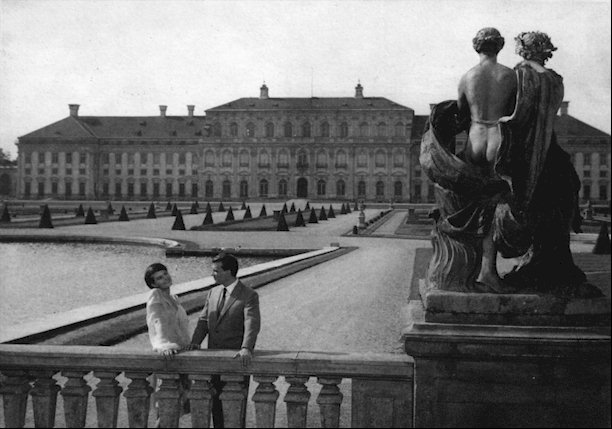
The credit of this unprecedented masterpiece (associated with Left Bank Movement) goes not only to Alain Resnais, but also to its screenwriter Alain Robbe-Grillet and cinematographer Sacha Vierny. Almost the entire film has voiceover rather than dialogues, as in documentaries, and that voiceover is focused mainly on the beauty and character of its female lead (played by Delphine Seyrig) from its male lead.
This impenetrable film has strange characters; there’s a woman one man continuously claims he met and fell in love with, but the woman continuously refuses his claim. She has another man that seems to be her husband. Shot in a grand hotel, the whole film revolves on these characters, especially that man and woman. This film is highly influential to many directors like Bergman, Kubrick and Fellini.
12. Daisies (Vera Chytilova, 1966)
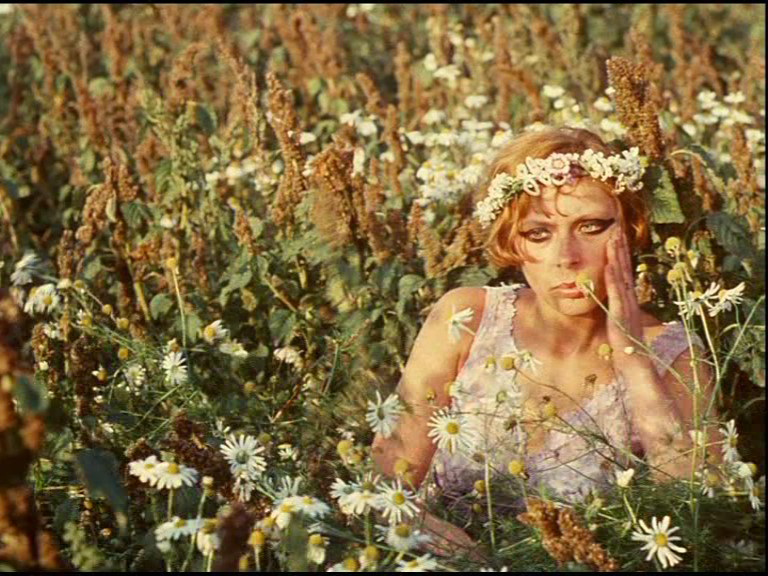
This is the first film on this list that is directed by a woman, the very talented Czech filmmaker Vera Chytilova. This impenetrable farce-like masterpiece shows many pranks, which involve two beautiful girls. What do those pranks mean? What is Vera trying to say? Leave all those interpretations to one side. Just talking about its beauty, it’s irresistible and mesmerizing. There are many visually stunning great films in Czech New Wave and “Daisies” is an unmissable one.
There are so many beautiful wacky scenes done by these girls, and those are the very reasons that this film is something meaningful and metaphorical. A womanly film directed by a woman director is absolutely worth checking out, since they understand themselves more than male filmmakers. But this one is often considered a film that has a political message.
13. Szinbad (Zoltan Huszarik, 1971)
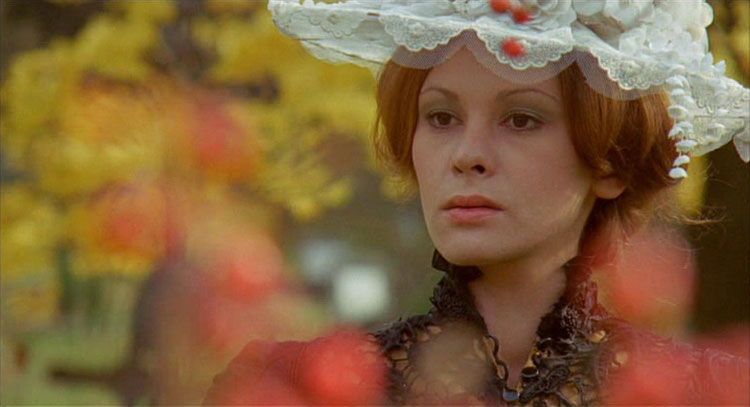
The great auteur Zoltan Huszarik, who makes visually mesmerizing films, isn’t very well known outside his home country of Hungary, nor is his masterpiece “Szinbad”. Huszarik himself was a visual artist who created several paintings and drawings in his life. Actually, this very job was of great help to make his films visually uncanny.
There are some great directors in Hungary, like Bela Tarr and Miklos Jancso who have made visually great films, but Huszarik’s films are different. He doesn’t take long shots but makes a film like painting, consisting of short but stunning shots.
This highly stylized and immensely hypnotic film is about the memories of a man who is traveler as well as a womanizer. He had many women (some of them were deep love affairs) in his life and when he gets old and sick, he memorizes his past romantic experiences.
14. L’Avventura, La Notte, L’Eclisse (Michelangelo Antonioni, 1960-1962)
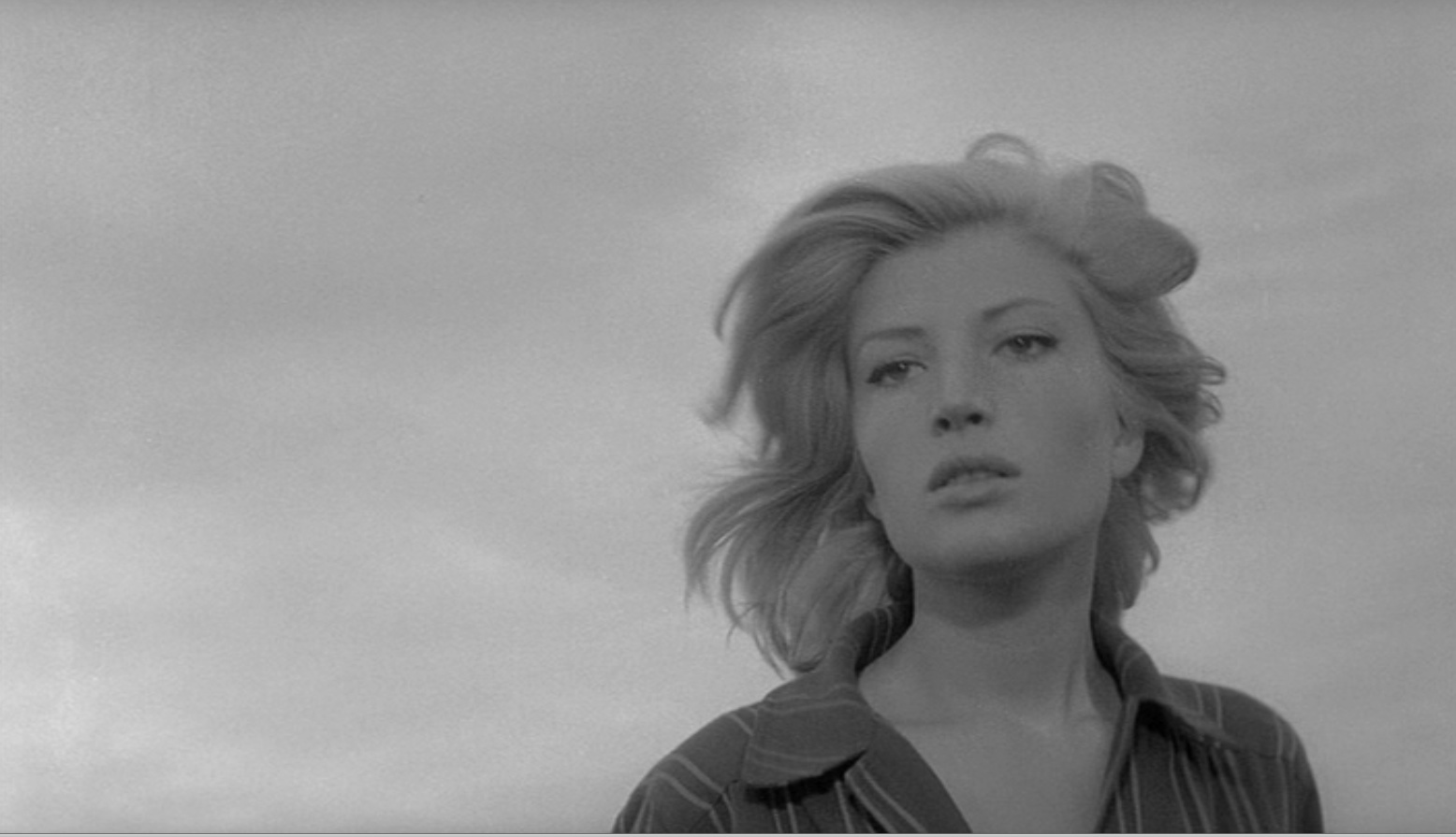
These are Antonioni’s most celebrated and famous films, generally known as the “Trilogy on Modernity and its Discontents”. Those three films are, chronologically, “L’Avventura”, “La Notte” and “L’Eclisse”. You can see the beauty of Monica Vitti (the female lead in this trilogy) who was Anotnioni’s lover at that time. This trilogy is a landmark that has influenced many directors in film history.
The first film of trilogy, “L’Avventura”, is an influential film that changed the language of cinema forever, whether in Antonioni’s films or in the films of other directors. This is the very film that made Monica Vitti an international star. It destroyed all previous film codes and rules, inventing a very different cinematic language. For example, for feelings like loneliness, confusion, infidelity, love, monotony and tiredness, Antonioni achieved a certain cinematic language that you’ll know after watching it. All films in this trilogy are like that.
“La Notte” is the best of this trilogy. It stars another famous actor, Marcello Mastroianni. All the events in the film happen within just one day, and you’ll see the unfaithful married couple who continuously hurt each other. Monica has given possibly the best performance of her career here. It is one of the greatest romantic films ever made, having some visually stunning shots.
Although Antonioni’s “The Red Desert” is also frequently mentioned as the fourth film of this “trilogy”, “L’Eclisse” has made the finest ending. The famous French star Alain Delon romances Monica here and their couple perfectly matches, though Antonioni has again showed their relationship problems, like in his other films. Borrowing Martin Scorsese’s opinion, it is the boldest film of this trilogy. Yes, Antonioni has overcome his own previous practices and mastered to a higher extent.
15. Marketa Lazarova (Frantisek Vlacil, 1967)
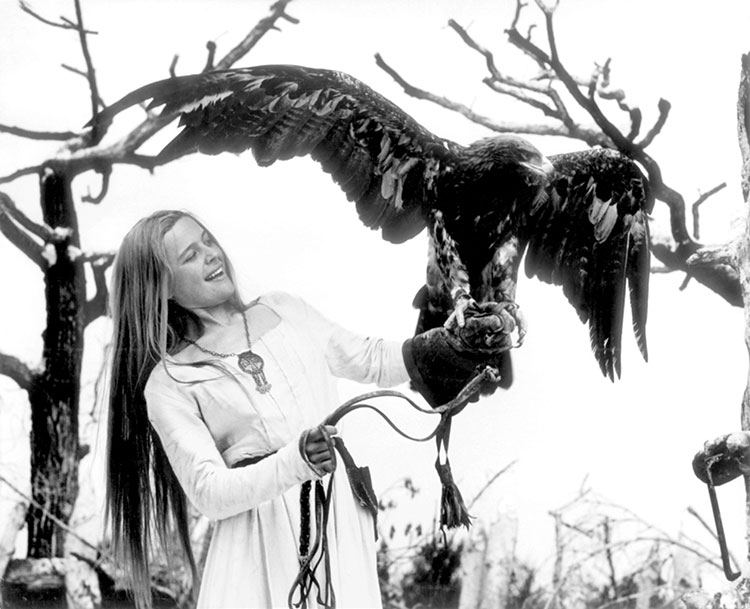
Was Frantisek Vlacil impressed by “Andrei Rublev” (which was released a year prior), especially by its cinematography? Because “Rublev” and “Marketa Lazarova” are like twin brothers when it comes to their stunning black and white cinematography. The answer is no. It was just a coincidence, since its shoot began in 1965. Not just the cinematography, but other things like the costumes, atmosphere, mise-en-scene and presentation are also alike.
There are many visually stunning films in Czech New Wave and this one is very different from others since it is set in medieval times. If you are a fan of “Rublev”, then don’t miss “Lazarova” and Vlacil’s other films like “The Valley of the Bees” and “Devil’s Trap”. The credit of its visual greatness should go to cinematographer Bedrich Batka and costume designer Theodor Pistek. In some scenes, you’ll be even more hypnotized than in “Rublev”.
You’ll see the irresistible beauty of Marketa Lazarova (played by Magdalena Vasaryova) in this beautiful film. She is a daughter of a feudal lord. From the beginning of the film, villains attack her state and thus the film has some beautiful war scenes. It’s an unmissable film of Czech New Wave.
16. Under the Skin (Jonathon Glazer, 2013)
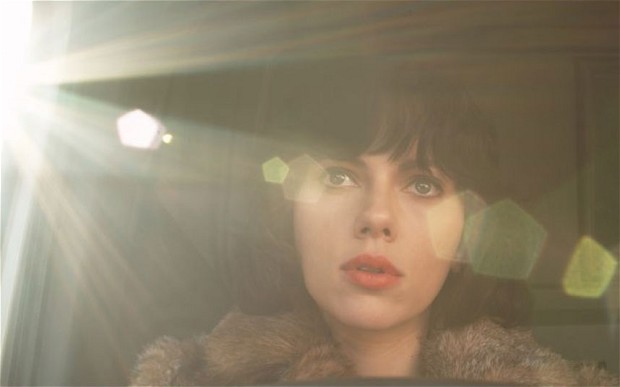
Scarlett Johansson is one of the most beautiful actresses of our time, but she plays in mostly mainstream films. But in the future, when all these mainstream films become decayed, she will again be remembered for Jonathon Glazer’s masterpiece “Under the Skin”. This science-fiction film has a very deep philosophical and spiritual meaning.
Perhaps Glazer is trying to show that women (or Scarlett is just a metaphor for certain type of people?) are beautiful only from the outside, but inside, under the skin, they are revolting creatures. Anyway, leave any interpretation to one side and talk about its stunning beauty.
The whole film is about an alien woman who seduces random men using her beauty, and puts them in a mysterious trap. This is the only job she must do and to observe her, some strange men are there. All these strange things and events are metaphors that Glazer has used. This film is one of the most impenetrable great films of the 21st century.
17. Chungking Express (Wong Kar Wai, 1994)
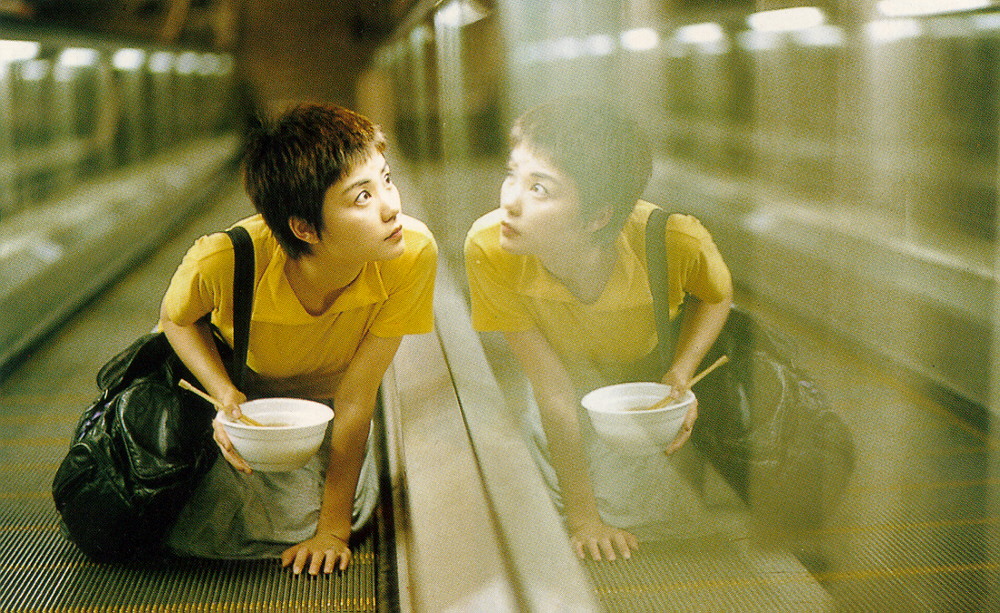
Another entry of visual master Wong Kar Wai in this list, “Chungking Express” is his most celebrated work after “In the Mood for Love”. Just recall those moments when the song “California Dreaming” is playing and its female lead (of the second part of this film) is shaking her head and body, and the scenes when she goes to her crush’s room and try to decorate and clean it (at that time Faye Wong’s songs are playing in background). The most brilliant thing about this film is the choice of music and cinematography. And recall those shaky camera shots in her crush’s room when he is romancing his girlfriend.
The first part of this film is also immensely touching, consisting of the beautiful actress Brigitte Lin. Recall that moment when a cop (after his break-up with his girlfriend) meets a beautiful woman, and how he approaches her and talks with her. Actually, many of these scenes are so mesmerizing that we want to watch those again and again.
18. Mandala (Akio Jissoji, 1971)
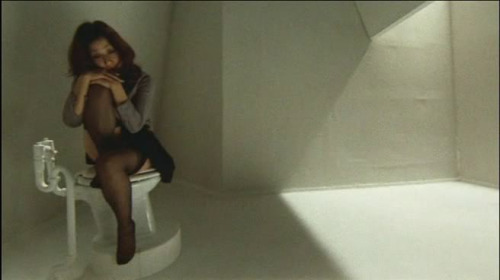
Akio Jissoji is a lesser-known director outside Japan. He is one of the greatest directors regarding visual beauty and camera movements. He has his own idiosyncratic style that can be seen very clearly in his famous “Buddhist Trilogy”: “Mujo”, “Mandala” and “Uta”. He is very intelligent in moving the camera distinctively. In all these films, you can see the Buddhist philosophy and related conversations.
Don’t mistake “Mandala” as a pink film just because it has many non-erotic sex scenes and nudity. It’s a highly philosophical and aesthetical film that delves very deeply into human life from the viewpoint of Buddhist philosophy.
It’s hard to believe that Jissoji was influenced by Buddhism, since he touched such taboo subjects like incest in his “Mujo” and eroticism in “Mandala”. “Mandala” is a highly under-seen, underappreciated and overlooked film. You’ll see the female beauty in “Mandala” from Jissoji’s distinctive style but you shouldn’t miss other two films of his Buddhist Trilogy as well.
19. Fucking Amal (Lukas Moodysson, 1998)
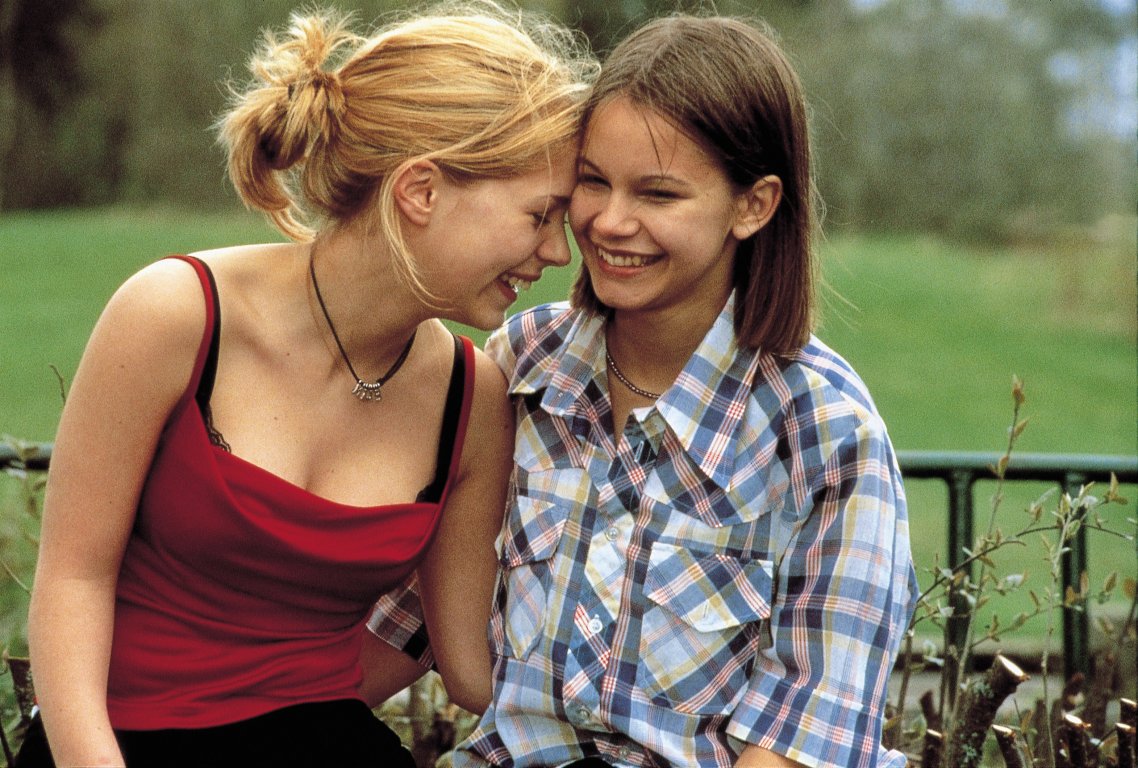
You’ll fall in love with its main character, Elin (played by Alexandra Dahlstrom), in this intensely romantic film that deals with the love of two lesbian girls; Elin and Agnes. When Elin is asked what she will do when she grows up, she said, “serial killer or rock star”.
And she is really that type of character here: wild, confident, immensely beautiful and an I-don’t-give-a-damn type of girl. Agnes, who is a very reclusive and depressive lesbian, falls in love with her. Not only Agnes, but all the boys at her school and in the audience also fall in love with this girl after we watch it.
Ingmar Bergman praised this film saying it was “the first masterpiece of young master”. Moodysson’s another great films are “Lilya 4-ever” and “Together.” He is generally praised as one of the best living directors.
20. Mauvais Sang (Leos Carax, 1986)
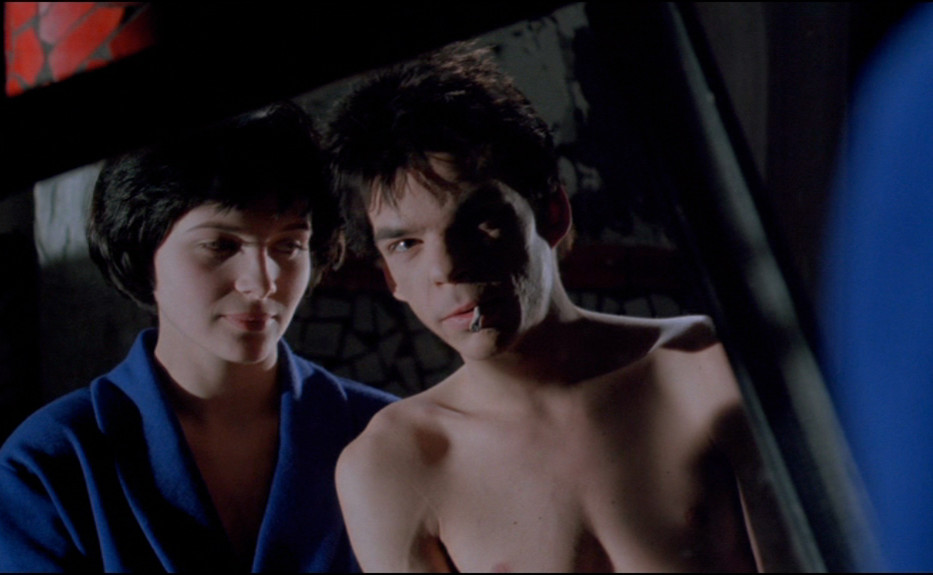
Leos Carax has been great since his beginnings (his first film Boy Meets Girl), and he mastered his idiosyncratic style in his latest masterpiece “Holy Motors”. He is one of the few directors who have always made great films. “Pola X” can be seen as weak out of his great oeuvre. Of all his visually great and mesmerizing films, “Mauvais Sang” can be the perfect film for this category where such beautiful actresses like Juliette Binoche and Julie Delpy have starred, giving great performances.
Juliette Binoche’s performance is greater in “Lovers on the Bridge” but her beauty is greater in this film, and you can see her sharing the screen with Carax’s long-time partner Denis Lavant. The choice of music is great, which is even more hypnotic by the stunning cinematography and its lovely characters.